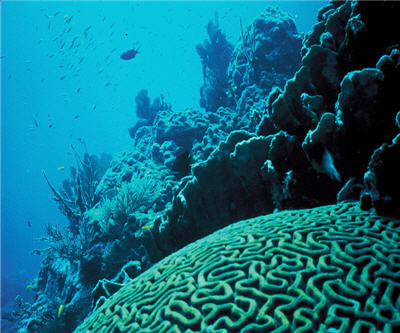Study casts doubt on undersea mining

A new study is casting doubt on the viability of undersea mining, despite recent success by Vancouver-based Nautilus Minerals (TSE:NUS) in obtaining the first-ever permit to mine the seafloor off the coast of Papua New Guinea.
The Canadian-led study, published in the journal Geology, states that “the possibility of mining sea floor [deposits] has stirred debate about the sustainable use of this new resource and whether commercial development is worth the risk.”
The Vancouver Sun quotes Mark Hannington, the University of Ottawa’s Goldcorp Chair in Economic Geology and lead author of the study, saying that while there may be vast mineral deposits under the ocean, they cannot hope to meet the world demand for metals:
“I think the bottom line that the world needs to understand is that the oceans — at least on the neo-volcanic zones where people are presently exploring — are not going to make a major impact on the total availability of metals,” he said. Still, “some companies, like Nautilus, will make a few bucks if they can recover the metals at a cost which is less than that associated with mining on land.”
All will depend, says Hannington, at how quickly land-based resources get depleted and whether undersea mining can ever be competitive: “Just in the United States, which is not a major mining centre, there are 90 million tonnes of copper and zinc in the ground that hasn’t been developed,” he told The Sun. “And that’s more than all the metal in the deposits that we think exist in the neo-volcanic zones and the ridges” of the oceans.
Nautilus is developing its first project at Solwara 1, in the territorial waters of Papua New Guinea, where it is aiming to produce gold, copper and silver. The company also holds approximately 600,000 square kilometers of exploration acreage in the western Pacific, in PNG, the Solomon Islands, Fiji, Vanuatu and Tonga, as well as in international waters in the eastern Pacific.
Using techniques modelled on oil and gas exploration, undersea mining would employ robotic machines to break up the ore on the ocean floor and then pipe the slurry to a surface barge for transport and processing on land.
More News
{{ commodity.name }}
{{ post.title }}
{{ post.date }}



2 Comments
Geoman51
That might end up in another bad way to contaminate the seas by moving old sedimentary layers on top and changing physical water conditions.
Fehertom64
I would like to know the tools without stirring all the waters to be disturbed to a great mass of vomit in the uphealing and processing of the deposit. Thanks.